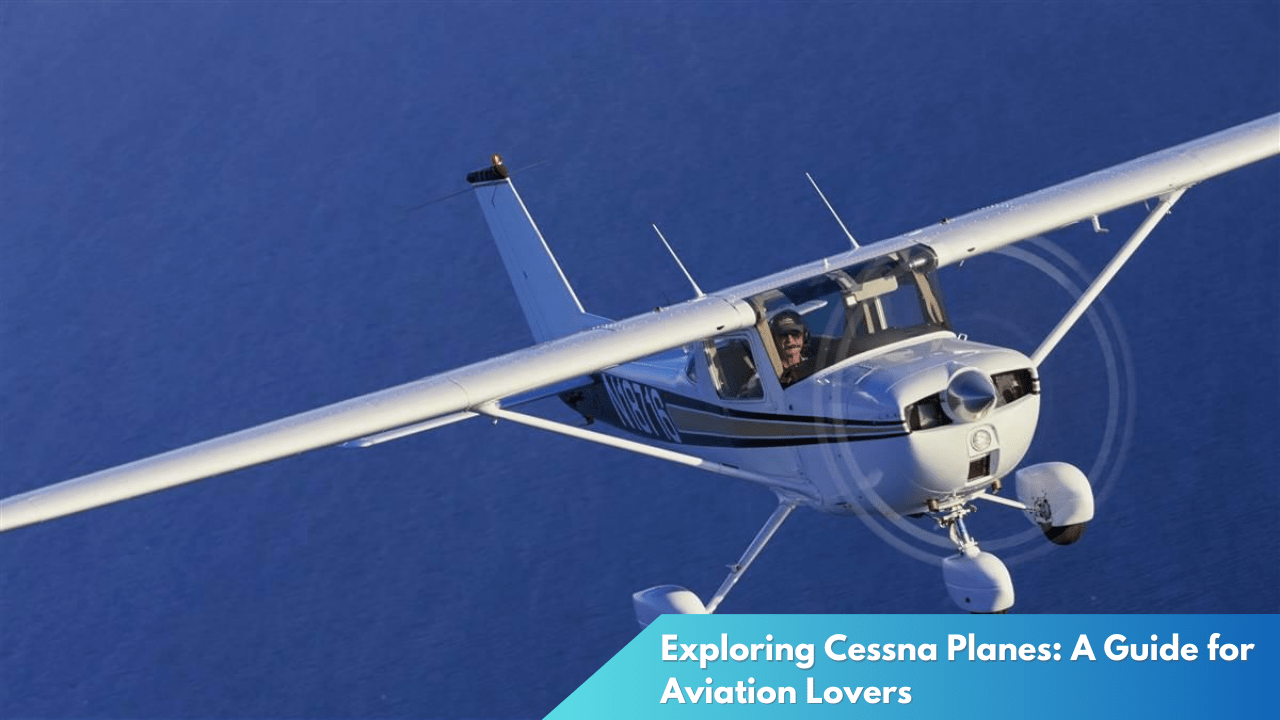Discover 10 Little-Known Facts About the Civil Air Patrol
The Civil Air Patrol (CAP) is often recognized for its contributions to aviation and emergency services, yet much about this organization remains shrouded in mystery for the general public. As the official auxiliary of the United States Air Force, CAP plays a crucial role in humanitarian efforts, search and rescue operations, and youth education through its cadet programs. Delving into the lesser-known aspects of CAP reveals a wealth of intriguing facts and insights that underscore its multifaceted contributions to society.
Uncover Hidden Insights of the Civil Air Patrol

The Civil Air Patrol was founded on December 1, 1941, just six days before the attack on Pearl Harbor. Its initial mission was to use civilian aircraft and pilots to patrol the U.S. coastline for German submarines during World War II. This contribution was vital, as CAP patrolled over 24 million miles and was credited with sinking or damaging multiple enemy submarines. The history of CAP is a testament to the power of civilian volunteerism in times of national need, marking its legacy as an indispensable component of the nation’s defense efforts during the war.
Beyond its wartime origins, CAP’s focus has evolved to include a wide range of peacetime missions. Today, one of CAP’s primary responsibilities involves conducting inland search and rescue missions. The organization is credited with saving an average of 70-100 lives each year, often employing modern technology such as drones and satellite imagery to locate missing persons or aircraft. Its contributions to public safety and disaster response are invaluable, providing crucial support to local, state, and federal agencies during natural disasters and emergencies.
CAP is also dedicated to promoting aviation and aerospace education. Through its cadet program, the organization offers young people opportunities to develop leadership skills, learn about aviation science, and even earn flight scholarships. The program is designed to inspire the next generation of aviators and aerospace professionals, equipping them with the knowledge and experience needed to pursue careers in these fields. By fostering a passion for aviation in young minds, CAP ensures its legacy continues to soar for years to come.
Explore 10 Surprising Civil Air Patrol Facts

- While many know CAP as a volunteer organization, few realize its size and scope. With over 66,000 members nationwide, it is one of the largest civilian volunteer organizations in the United States. Members include pilots, aviation enthusiasts, and individuals from various professions, all united by a commitment to service and community.
- CAP operates one of the largest fleets of single-engine aircraft in the world, with over 550 aircraft in its inventory. This fleet allows CAP to conduct extensive aerial missions, from search and rescue operations to disaster relief and homeland security assignments, showcasing its logistical capabilities and operational reach.
- Surprisingly, CAP members are not paid for their services. Despite the demanding nature of their work, all CAP personnel, including pilots, ground crew, and administrative staff, volunteer their time and expertise without financial compensation, driven by a sense of duty and commitment to the community.
- CAP played a crucial role in relief efforts during Hurricane Katrina in 2005. The organization provided vital aerial reconnaissance that helped map the extent of the damage, as well as assisted in transporting medical supplies and personnel to affected areas. This operation highlighted CAP’s ability to respond quickly and efficiently in crisis situations.
- Another lesser-known fact is that CAP has an active counterdrug mission. Collaborating with federal, state, and local law enforcement agencies, CAP aids in the detection and interdiction of illicit drug activities, contributing to national security and public safety initiatives.
- CAP is known for its technological advancements, frequently incorporating cutting-edge technologies into its operations. The organization’s use of unmanned aircraft systems (UAS) for search and rescue missions demonstrates its commitment to leveraging technology to enhance mission efficiency and effectiveness.
- CAP’s cadet program offers more than just leadership training; it provides a pathway to military service. Many CAP cadets go on to attend military academies or enlist in the armed forces, carrying the skills and values they’ve learned into their military careers.
- Each year, CAP flies approximately 100,000 hours in support of missions such as emergency services, cadet orientation flights, and aerospace education activities. This level of activity underscores CAP’s dedication to utilizing its resources to the fullest in pursuit of its mission.
- The organization is involved in humanitarian missions beyond U.S. borders. CAP has participated in international efforts, such as providing assistance during the 2010 Haiti earthquake, demonstrating its commitment to global humanitarian aid.
- Finally, CAP’s influence extends into legislative realms, with a Congressional Gold Medal awarded to its World War II members in recognition of their outstanding service and contributions to the war effort. This honor reflects CAP’s longstanding reputation for excellence and dedication.
The Civil Air Patrol stands as a testament to the power of volunteerism and dedication to community service. Through its diverse range of missions and programs, CAP continues to play a pivotal role in aviation, emergency response, and youth development. By exploring these lesser-known facts, we gain a deeper appreciation for the extraordinary contributions of this organization and its members, whose impact resonates across the nation and beyond.


